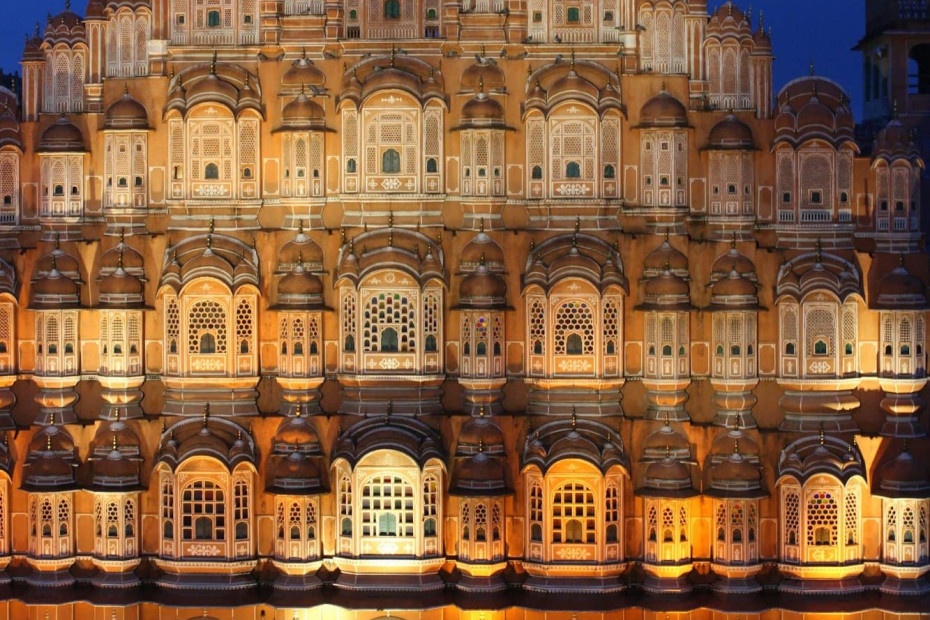Republic Day is a significant national holiday in India, celebrated on the 26th of January each year. It commemorates the day when the Constitution of India came into effect in 1950, marking the country’s transition to becoming a sovereign republic. This day holds immense historical and cultural importance for the Indian people, as it symbolizes their freedom and democratic values.
The History of the Constituent Assembly
To understand the significance of Republic Day, we must delve into the history of the Constituent Assembly. After gaining independence from British colonial rule on August 15, 1947, India needed a constitution to govern itself. The task of drafting this monumental document was entrusted to a specially elected body known as the Constituent Assembly.
The Constituent Assembly consisted of representatives from various regions and communities across India. These members worked tirelessly for nearly three years to create a comprehensive constitution that would reflect the aspirations and values of a diverse nation like India. Driven by leaders like Dr. B.R. Ambedkar and Jawaharlal Nehru, they debated numerous issues and incorporated elements from different legal systems around the world.
On November 26, 1949, after thorough deliberation and consensus-building, the Constituent Assembly adopted the Constitution of India. However, it was not until January 26, 1950, that this historic document came into effect.
Unfurling vs Hoisting the Flag
On Republic Day, one common practice is to unfurl or hoist the Indian national flag as a symbol of pride and unity. While these terms are often used interchangeably, there is a subtle difference between them.
Unfurling refers to gradually unfolding or opening up something large or wide. When we talk about unfurling the flag on Republic Day, it signifies carefully opening up and displaying our national flag with respect and dignity. This act is often performed during official ceremonies and public gatherings, accompanied by the national anthem.
On the other hand, hoisting the flag refers to raising it up a flagpole or mast. This is typically done in a swift and upward motion, symbolizing the act of raising our national identity and values high above. Hoisting the flag is commonly associated with formal events such as government functions, military parades, and school assemblies.
Both unfurling and hoisting the flag carry deep symbolic meaning, representing the pride, unity, and sovereignty of India as a democratic republic.
Conclusion
Republic Day holds immense historical significance for India as it marks the day when the Constitution came into effect, paving the way for a sovereign nation. The Constituent Assembly’s tireless efforts in drafting this document laid down the foundation of India’s democracy. Unfurling or hoisting the national flag on Republic Day represents our collective pride and unity as Indians.
As we celebrate Republic Day each year, let us reflect on our rich heritage and democratic values that bind us together as a nation. It serves as a reminder to cherish our freedom and strive towards building an inclusive society that upholds justice, equality, and fraternity for all citizens.
